
Fujian,previously romanized as Fukien,is a province located in South China. Fujian is bordered by Zhejiang to the north,Jiangxi to the west,Guangdong to the south,and the Taiwan Strait to the east. Its capital is Fuzhou and its largest city by population is Quanzhou,other notable cities include the port city of Xiamen and Zhangzhou. Fujian is located on the west coast of the Taiwan Strait as the closest geographically and culturally to Taiwan. Certain islands such as Kinmen are only approximately 10 km (6.2 mi) east of Xiamen in Fujian.
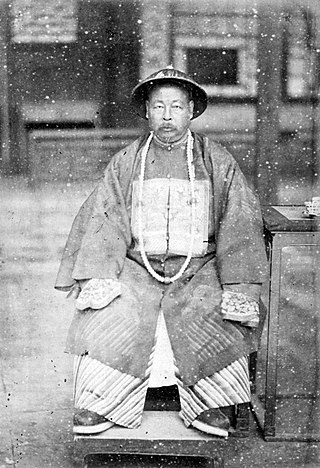
Zuo Zongtang,sometimes referred to as General Tso,was a statesman and military leader of the late Qing dynasty.

Zhangzhou is a prefecture-level city in Fujian Province,China. The prefecture around the city proper comprises the southeast corner of the province,facing the Taiwan Strait and surrounding the prefecture of Xiamen.

Fuchien Province,also romanized as Fujian and rendered as Fukien,is a nominal province of the Republic of China without formal administrative function. It includes three small archipelagos off the coast of the Fujian Province of the People's Republic of China,namely the Matsu Islands,which make up Lienchiang County,and the Wuqiu Islands and Kinmen Islands,which make up Kinmen County. The seat of the administrative centre is Jincheng Township of Kinmen County which serves as its de facto capital. The province is also known as the Golden Horse,after the literal reading of the Chinese character abbreviation for "Kinmen-Matsu".
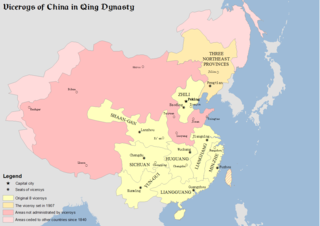
Zongdu were high-level officials responsible for overseeing the governors of several provinces in Ming and Qing China. One viceroy usually administered several provinces and was in charge of all affairs of military,food,wages,rivers,and provincial governors within their region of jurisdiction. Viceroys were appointed by and directly reported to the Emperor.
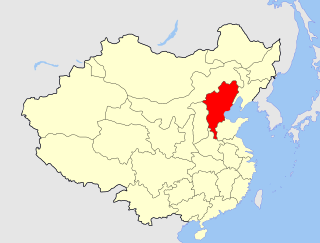
The Viceroy of Zhili,officially in Chinese as the Governor-General of the Directly Subordinate Province and Other Local Areas,in Charge of Military Affairs,Food and Wages,Management of Rivers and Governor Affairs, was one of eight regional Viceroys during the Qing dynasty. The Viceroy of Zhili had jurisdiction of military,civil,and political affairs over then Zhili Province. The Governor's Office sat in then Zhili Province's Baoding Prefecture City.

The Viceroy of Liangguang,fully in Chinese as the Governor-General of Two Guang Provinces and Other Local Areas,in Charge of Military Affairs,Food and Wages and Governor Affairs,was one of eight regional Viceroys during the Ming and Qing dynasties of China. The Viceroy of Liangguang had jurisdiction of military,civil,and political affairs over then Guangdong Province and then Guangxi Province.

The Viceroy of Liangjiang,fully named in Chinese as the Governor-General of the Two River Provinces and Other Local Admirals,in Charge of Military Affairs,Food and Wages,Management of Rivers,and Administration on Nanhe Affairs,was one of eight regional Viceroys during the Qing dynasty. The Viceroy of Liangjiang had jurisdiction of military,civil,and political affairs over then Jiangnan Province and then Jiangxi Province. The position was set up in 1647 and abolished in 1912.
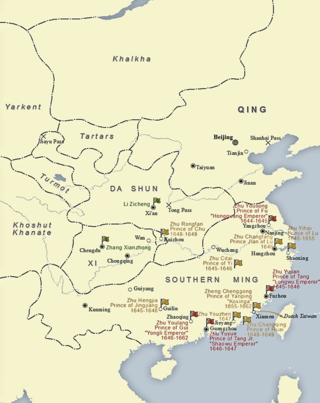
The Southern Ming,also known in historiography as the Later Ming,officially the Great Ming,was an imperial dynasty of China and a series of rump states of the Ming dynasty that came into existence following the Jiashen Incident of 1644. Peasant rebels led by Li Zicheng who founded the short-lived Shun dynasty captured Beijing and the Chongzhen Emperor committed suicide. The Ming general Wu Sangui then opened the gates of the Shanhai Pass in the eastern section of the Great Wall to the Qing banners,in hope of using them to annihilate the Shun forces. Ming loyalists fled to Nanjing,where they enthroned Zhu Yousong as the Hongguang Emperor,marking the start of the Southern Ming. The Nanjing regime lasted until 1645,when Qing forces captured Nanjing. Zhu fled before the city fell,but was captured and executed shortly thereafter. Later figures continued to hold court in various southern Chinese cities,although the Qing considered them to be pretenders.
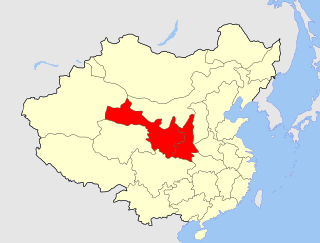
The Viceroy of Shaan-Gan,fully in Chinese as the Governor-General of Shaanxi,Gansu and Other Local Areas,in Charge of Military Affairs,Food and Wages,Tea and Horses and Governor Affairs,was one of eight regional Viceroys during the Qing dynasty. The Viceroy of Shaan-Gan had jurisdiction of military,civil,and political affairs over then Shaanxi Province and then Gansu Province.
Cai Qian was a Chinese sea merchant,considered by some a pirate during the Qing dynasty era.
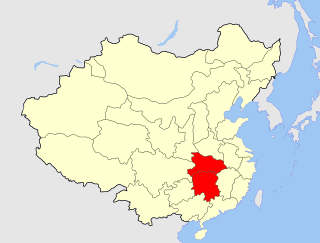
The Viceroy of Huguang,fully in Chinese as the Governor-General of Hubei,Hunan and Other Local Areas,in Charge of Military Affairs,Food and Wages and Governor Affairs,was one of eight regional Viceroys during the Qing dynasty. The Viceroy of Huguang had jurisdiction of military,civil,and political affairs over then Hubei Province and then Hunan Province.

The Viceroy of Yun-Gui,fully in Chinese as the Governor-General of Yun-Gui Provinces and Other Local Areas,in Charge of Military Affairs,Food and Wages and Governor Affairs,was one of eight regional Viceroys during the Qing dynasty of China. The Viceroy of Yun-Gui had jurisdiction of military,civil,and political affairs over then Yunnan Province and then Guizhou Province.

The Viceroy of Sichuan,fully in Chinese as the Governor-General of Sichuan and Other Local Areas,in Charge of Military Affairs,Food and Wages and Governor Affairs,was one of eight regional Viceroys during the Qing dynasty. The Viceroy of Sichuan had jurisdiction of military,civil,and political affairs over then Sichuan Province.
A xunfu was an important imperial Chinese provincial office under both the Ming and Qing dynasties. However,the purview of the office under the two dynasties differed markedly. Under the Ming dynasty,the post originated around 1430 as a kind of inspector-general and ad hoc provincial-level administrator;such a xunfu is usually translated as a grand coordinator. However,since the mid-17th century,xunfu became the title of a regular provincial governor overseeing civil administration in the Qing dynasty.

The Lin Shuangwen rebellion occurred in 1787–1788 in Taiwan under the rule of the Qing dynasty. The rebellion was started by the rebel Lin Shuangwen and was pacified by the Qianlong Emperor. Lin Shuangwen was then executed.
Zhang Cunren was a Chinese official during the early Qing dynasty and the first Viceroy of Min-Zhe,appointed between 1645 and 1647.
Events from the year 1662 in China.
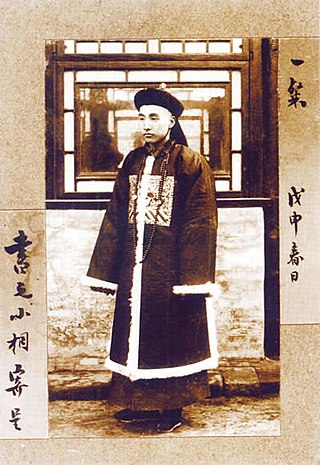
The Qing dynasty (1644–1912) was the last imperial dynasty of China. The early Qing emperors adopted the bureaucratic structures and institutions from the preceding Ming dynasty but split rule between the Han and Manchus with some positions also given to Mongols. Like previous dynasties,the Qing recruited officials via the imperial examination system until the system was abolished in 1905. The Qing divided the positions into civil and military positions,each having nine grades or ranks,each subdivided into a and b categories. Civil appointments ranged from an attendant to the emperor or a grand secretary in the Forbidden City (highest) to being a prefectural tax collector,deputy jail warden,deputy police commissioner,or tax examiner. Military appointments ranged from being a field marshal or chamberlain of the imperial bodyguard to a third class sergeant,corporal or a first or second class private.

Gan Guobao,courtesy name Jizhao (繼趙),was a military officer in Qing Dynasty. Born in Gutian,Fujian Province,Gan was a provincial military commander of Guangdong Province and Fujian Province.































